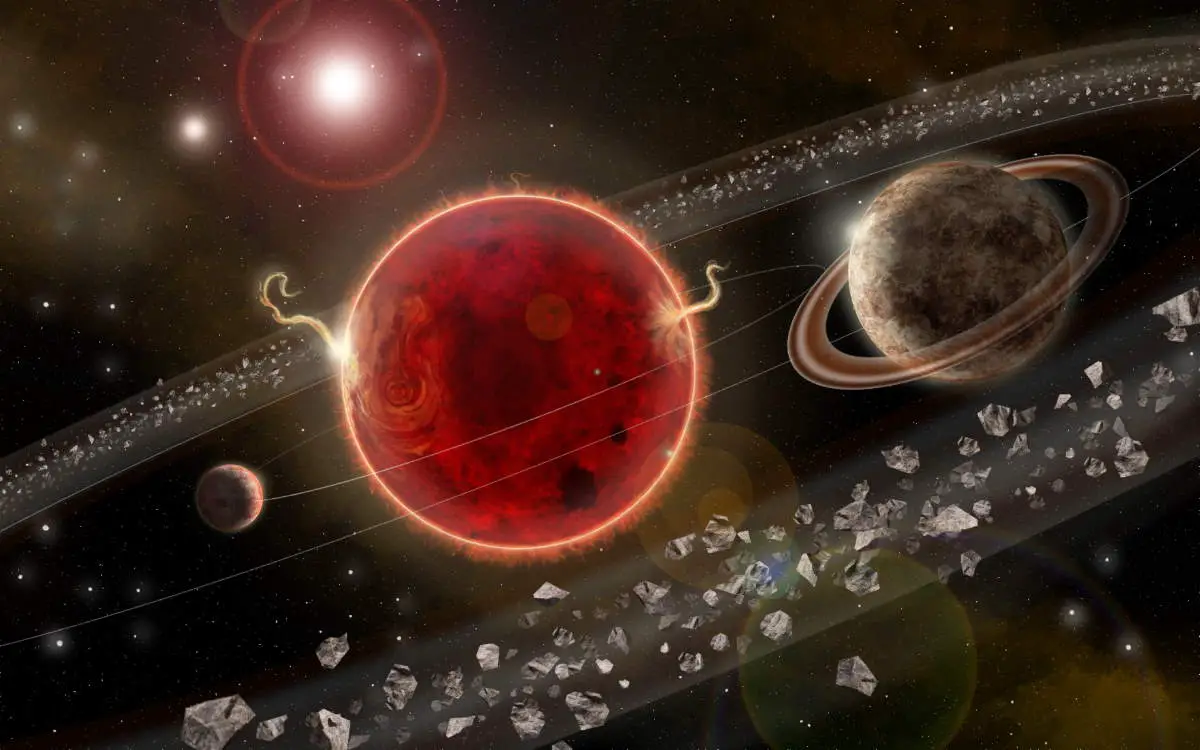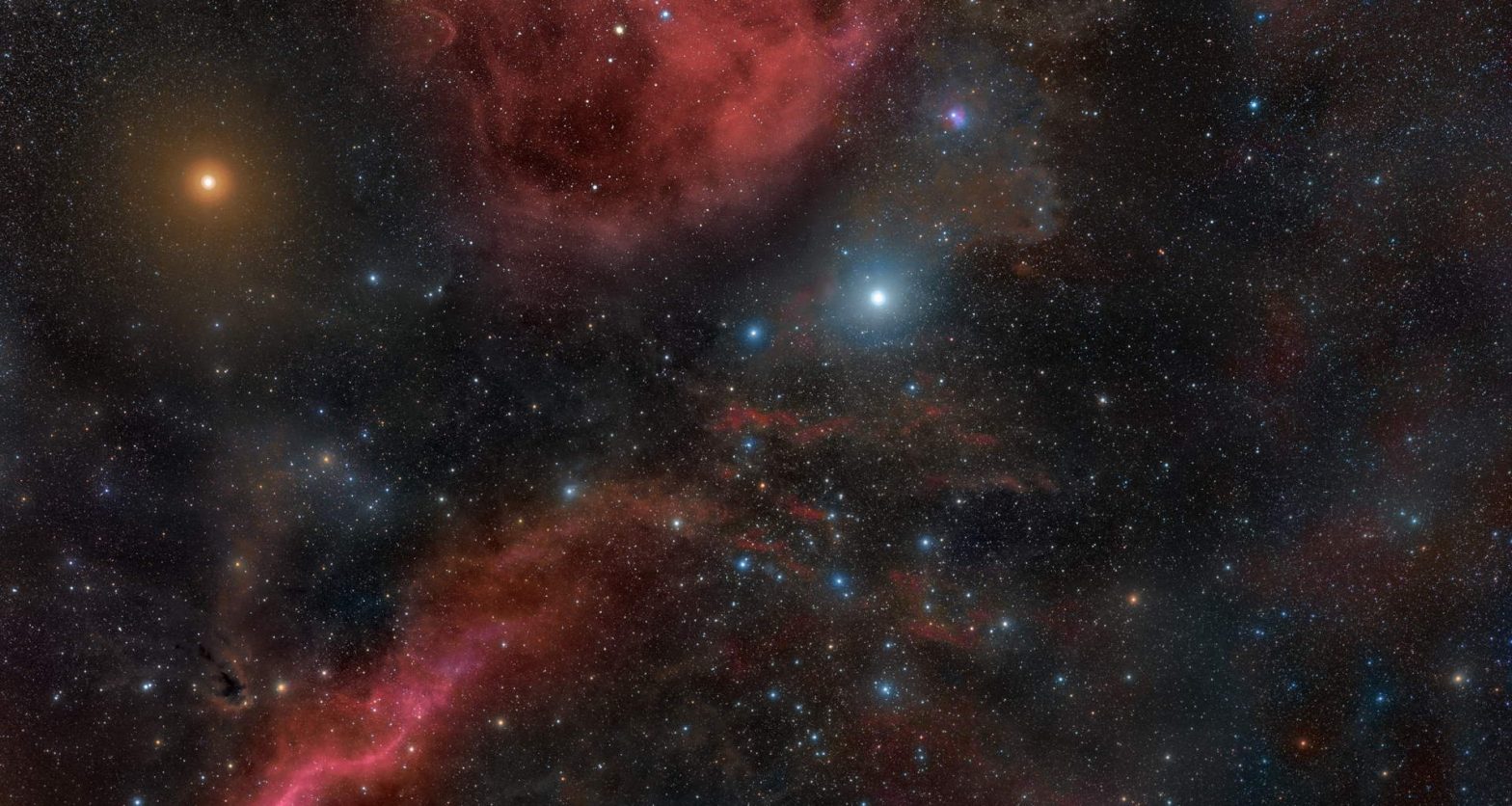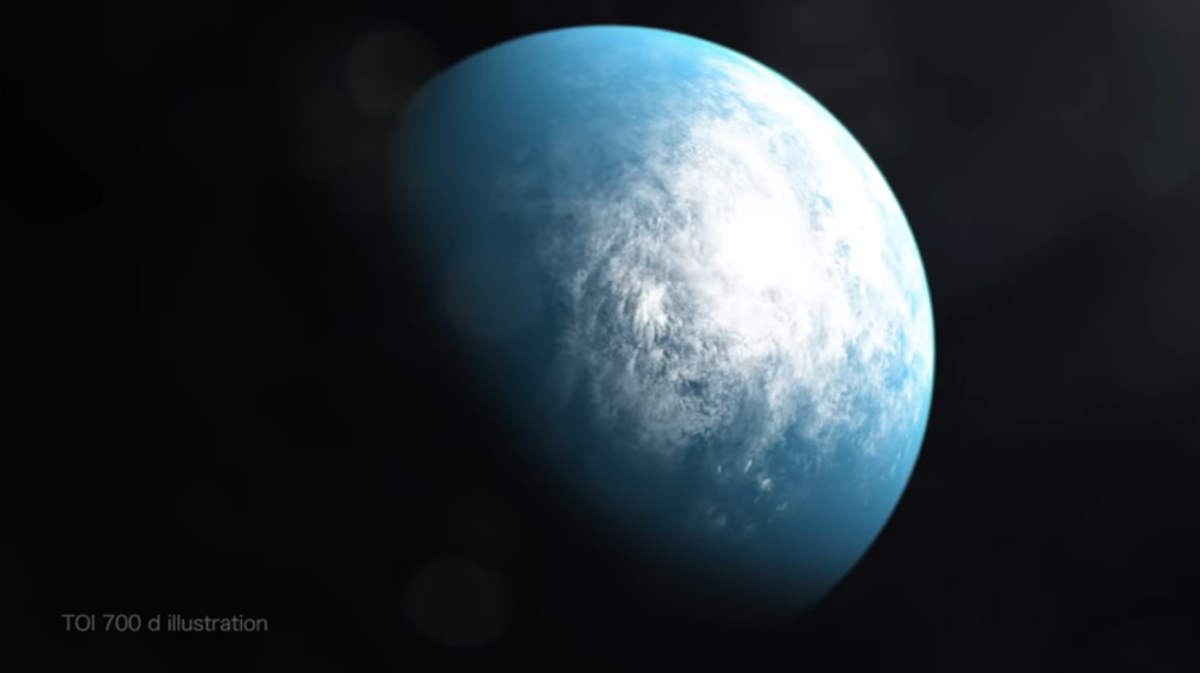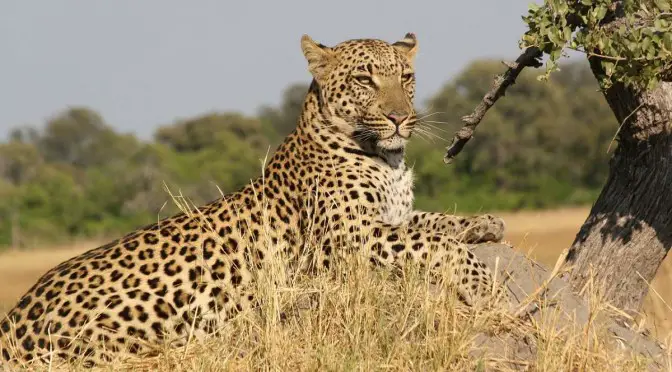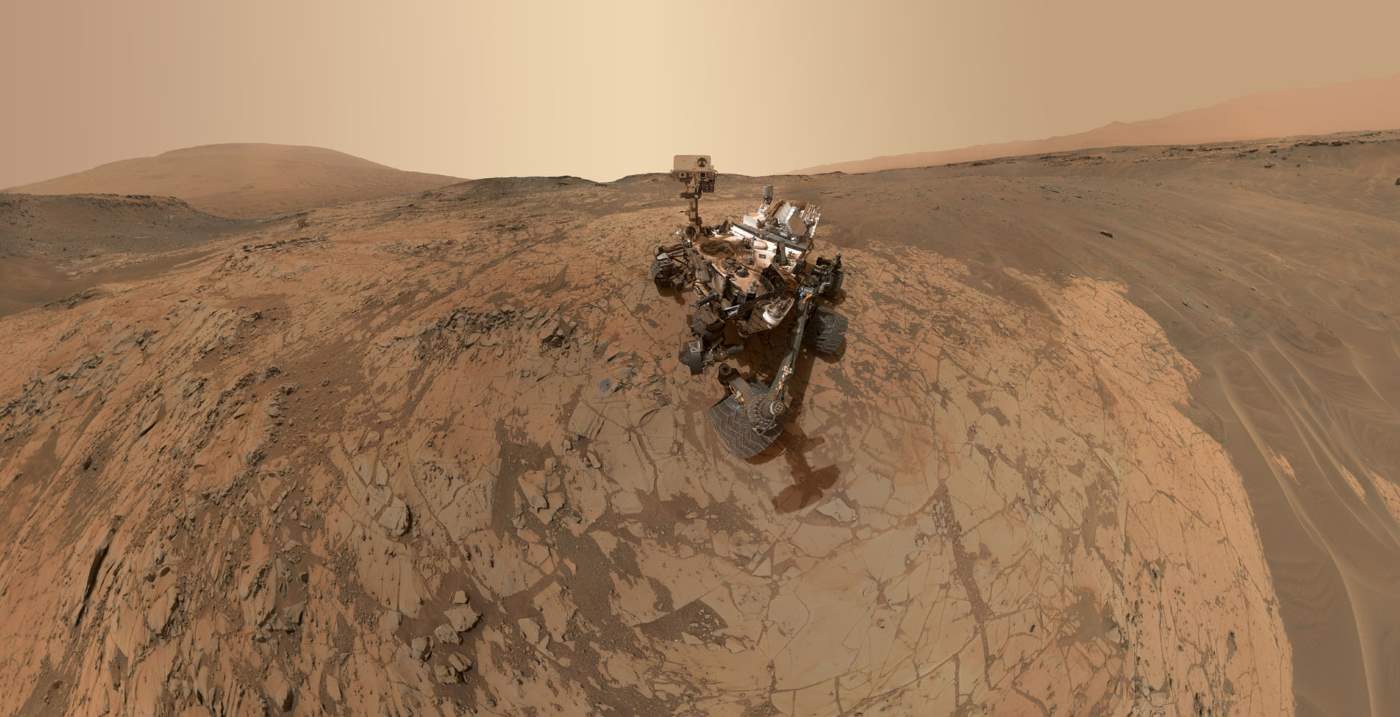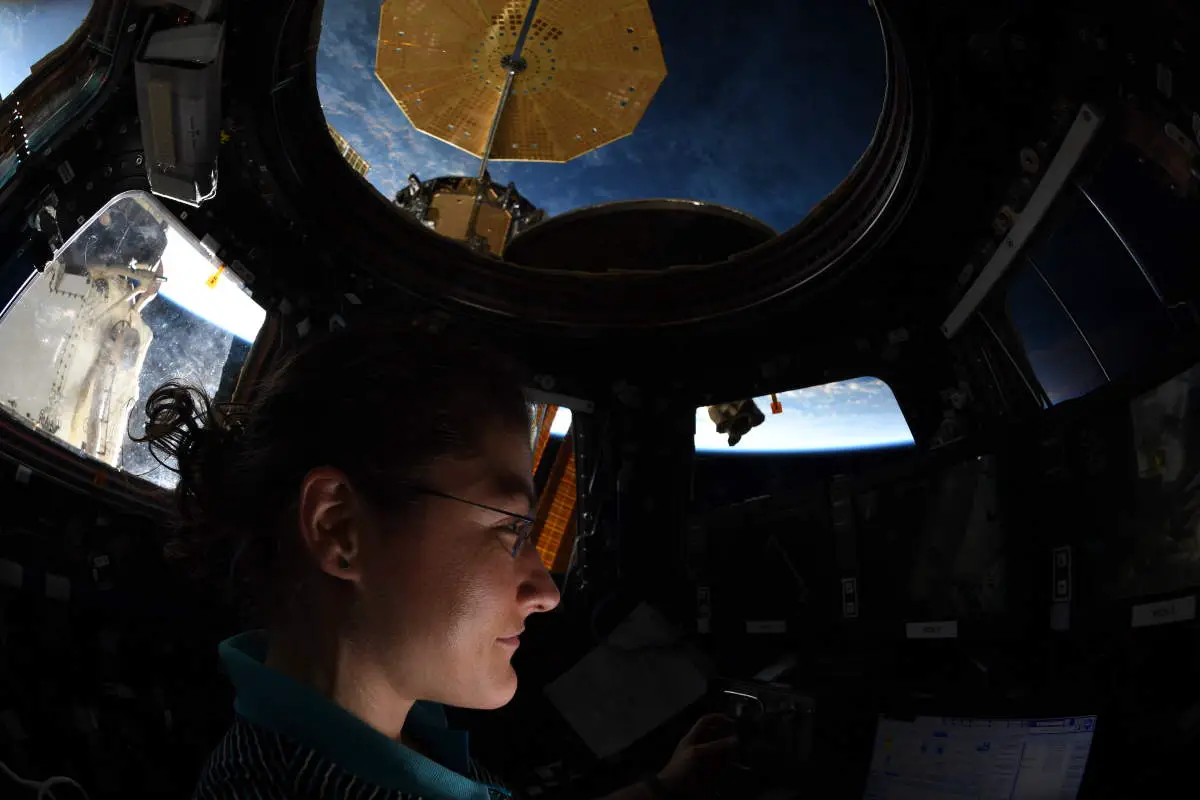Urbanization is just one of the many effects of overpopulation here on Earth, along with the rapid dwindling of the natural environment as a whole. The general consensus across the scientific community is that a number of factors have contributed to global overpopulation. More than 7.7 billion people live on Earth as of 2020, largely due to longer life expectancies, improved sanitation, and advancements in medicine over the last few centuries.
Continue reading “Investigating Overpopulation: The Solutions”Proxima Centauri c: how we spotted a potential new planet around the Sun’s neighbouring star
Most exoplanets, bodies orbiting stars other than the sun, are too far away for us to be able to send probes to. So it’s no wonder that the discovery of a possibly habitable planet around the sun’s nearest neighbour star, Proxima Centauri, a few years ago generated a lot of excitement. Now we have spotted what we think is a second planet around this star.
Hugh Jones, University of Hertfordshire
Continue reading “Proxima Centauri c: how we spotted a potential new planet around the Sun’s neighbouring star”Betelgeuse: star’s weird dimming sparks rumours that its death is imminent
Every season has its characteristic star constellations in the night sky. Orion – one of the most recognisable – is distinctly visible on crisp, clear winter nights in the northern hemisphere. The constellation is easy to spot even in light-polluted cities, with its bright stars representing the shape of a person.
Betelgeuse, marking Orion’s top left shoulder, is often its brightest star. Red in colour, this star is usually the 12th brightest in the entire sky. But it has recently dimmed dramatically to an all-time low of the 21st brightest star in the sky. As a result, many have started speculating about whether it could be about to explode. But could it? And what would that look like?
Daniel Brown, Nottingham Trent University
Continue reading “Betelgeuse: star’s weird dimming sparks rumours that its death is imminent”The oldest material on Earth has been found in a meteorite and it is way older than the Solar System!
Scientists have found the oldest material on Earth in a 7 billion-year-old meteorite – a space rock that is way older than the Earth and even older than our solar system! For comparison, the age of Earth is approximately 4.54 billion years, with an error range of about 50 million years. The Sun is about 4.6 billion years old.
Continue reading “The oldest material on Earth has been found in a meteorite and it is way older than the Solar System!”NASA and CSA welcomes 13 new astronauts and almost half of them are women
NASA and CSA (Canadian Space Agency) chose 13 new astronauts, and the good news is, almost half of them are women. Nicknamed “turtles“, six women and seven men were selected from record-breaking 18,000 applicants representing a wide variety of backgrounds and specialties.
Continue reading “NASA and CSA welcomes 13 new astronauts and almost half of them are women”Investigating Overpopulation: The Causes and Effects
A full 20 years into the 21st century, the threat of overpopulation continues to make headlines across the globe. A recent United Nations study determined that the global population, currently sitting at 7.7 billion, will increase to about 9.7 billion by 2050. That equals a 28% population increase, or approximately 82 million additional people every year. Those swelling numbers are predicted to further deplete natural resources and have detrimental effects on our already fragile natural environment.
Continue reading “Investigating Overpopulation: The Causes and Effects”NASA’s TESS Space Telescope discovers its first Earth-sized exoplanet in the habitable zone
Exciting news! NASA’s planet-hunter TESS Space Telescope (Transiting Exoplanet Survey Satellite) has discovered its first Earth-sized exoplanet in its star’s habitable zone. The discovery was announced by NASA on January 7, 2020. The planet is named “TOI 700 d”.
Using NASA’s Spitzer Space Telescope, astronomers confirmed the discovery and have modeled the planet’s potential environments to help inform future observations.
Continue reading “NASA’s TESS Space Telescope discovers its first Earth-sized exoplanet in the habitable zone”20 Amazing Leopard Facts
Leopard (scientific name: Panthera pardus) is one of the five big cat species in the genus Panthera, a member of the Felidae. The other members of the Panthera genus are Lion (Panthera leo), tiger (Panthera tigris), jaguar (Panthera onca), and snow leopard (Panthera uncia). Leopard is the fourth biggest cat in the world, after tiger, lion, and jaguar. Here are 20 amazing leopard facts.
Continue reading “20 Amazing Leopard Facts”Top 20 Exciting Advances in Space Science in the 2010s
Today is the last day of the 2010s – and what a decade it has been for space science and space exploration! Here is a timeline of the top 20 major (and exciting!) advances in space science in the 2010s.
Continue reading “Top 20 Exciting Advances in Space Science in the 2010s”Astronaut Christina Koch broke the “longest spaceflight by a woman” record
On December 28, 2019, NASA astronaut aboard the International Space Station (ISS) Christina Koch broke the record for “longest spaceflight by a woman”.
Continue reading “Astronaut Christina Koch broke the “longest spaceflight by a woman” record”
